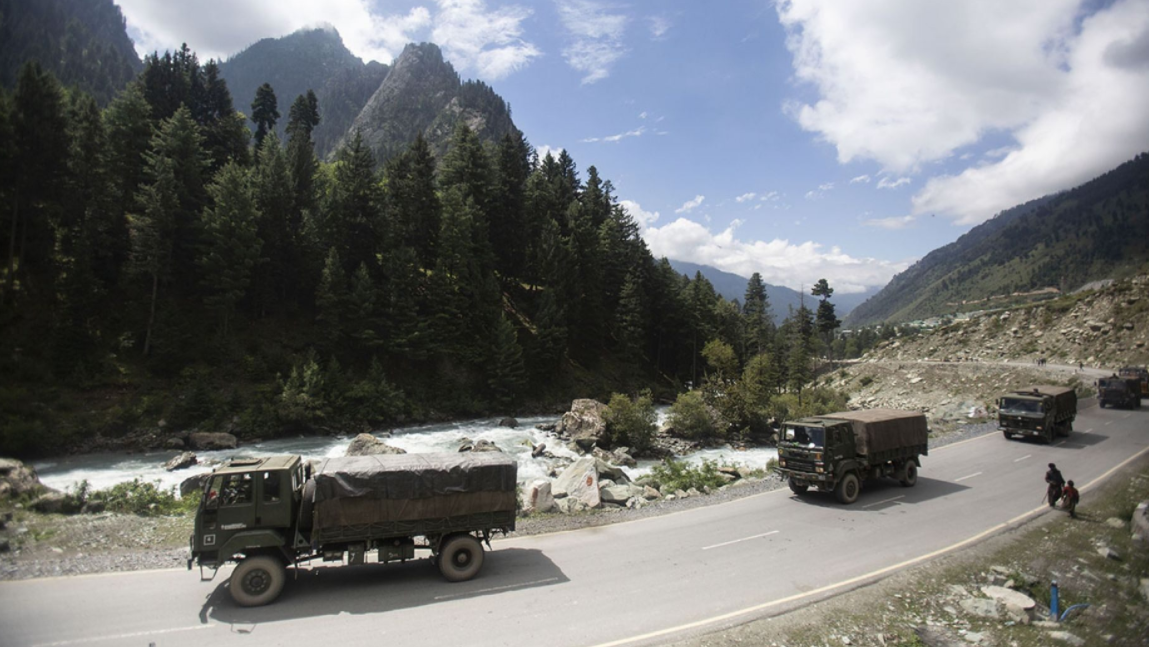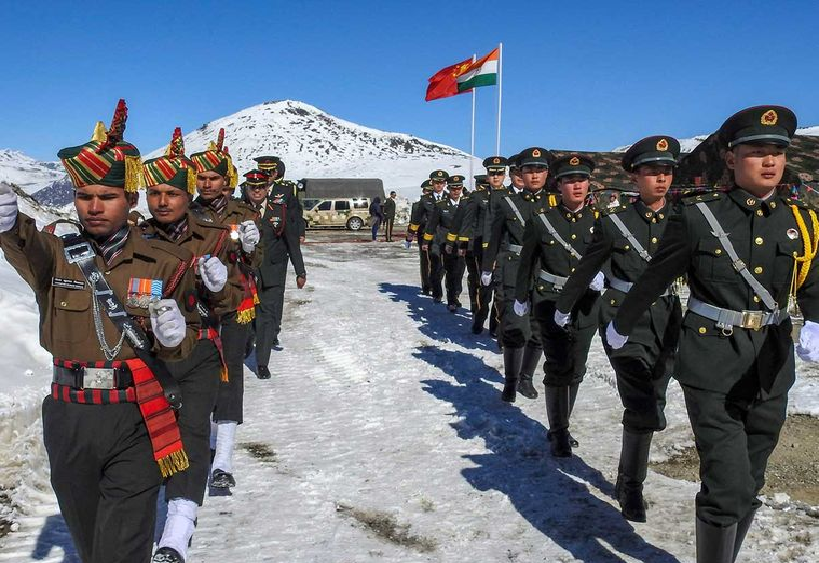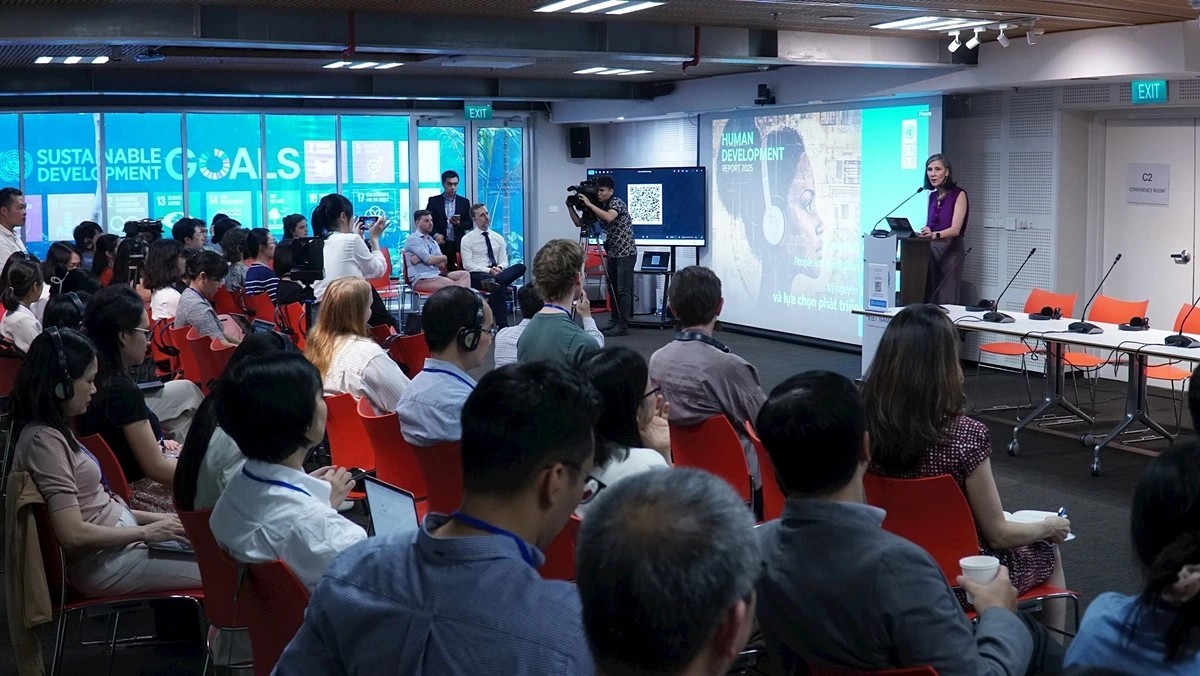China, India agree to 5-point course of action to relax border tensions
| China, India accuse each other of firing shots at disputed border as tensions rise | |
| China, India agree to speed up border troop pull back | |
| China, India boost global booze binge: Study |
![China and India have agreed to quickly disengage from a standoff at the countries' disputed border in the Himalayas [File: Manish Swarup/AP Photo] 4224 border](https://vietnamtimes.org.vn/stores/news_dataimages/phamhuongvnt/092020/13/06/in_article/4224_border.png?rt=20200913082014) |
| China and India have agreed to quickly disengage from a standoff at the countries' disputed border in the Himalayas. Photo: AP |
China and India have agreed on a five-point course of action to disengage and reduce tensions along the Line of Actual Control (LAC), where their troops have been engaged in a four and a half month long stand-off.
Chinese State Councillor Wang Yi and Indian Foreign Minister S. Jaishankar met for two and a half hours, on the sidelines of the Shanghai Cooperation Organisation in Moscow on September 10.
“The two Foreign Ministers agreed that the current situation in the border areas is not in the interests of either side. They agreed, therefore, that the border troops of both sides should continue their dialogue, quickly disengage, maintain proper distance and ease tensions,” said a joint press statement issued after the first face-to-face meeting between the two ministers since the stand-off began.
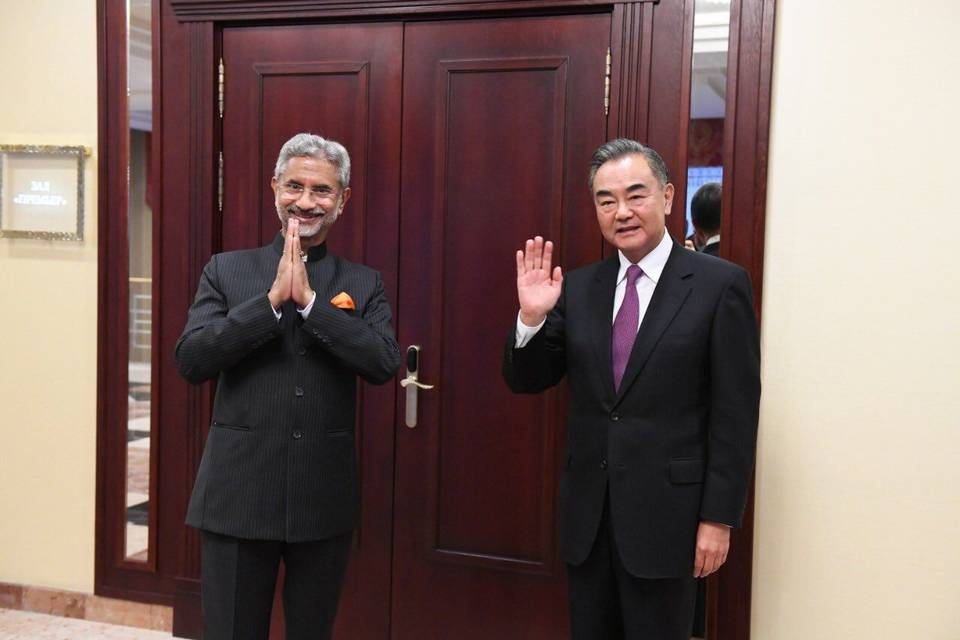 |
| India's External Affairs Minister S. Jaishankar with his Chinese counterpart Wang Yi during a meeting in Moscow. Credit: Indian Embassy |
The five-point plan is: following the consensus between Prime Minister Narendra Modi and President Xi Jinping to “not allow differences to become disputes”, disengaging quickly to ease tensions, abiding by the existing India-China border protocols and avoiding escalatory action, continuing the dialogue between Special Representatives National Security Adviser Ajit Doval and Mr. Wang as well as the other mechanisms and working towards new confidence-building measures (CBMs).
Both sides also issued separate notes detailing their positions, indicating that several differences still remain in their agreement of the situation at the LAC, which has seen violent clashes, deaths of soldiers and gunfire exchanges for the first time in 45 years this summer.
“The immediate task is to ensure a comprehensive disengagement of troops in all the friction areas. That is necessary to prevent any untoward incident in the future. The final disposition of the troop deployment to their permanent posts and the phasing of the process is to be worked out by the military commanders,” government sources said.
However, according to The Hindu, neither the joint statement, nor the respective notes issued specifically spoke of a return to the “Status quo ante” or positions prior to the stand-off in April. Nor do they specifically call on China to retreat from positions it has aggressed on at Pangong Tso, Depsang and other parts of the LAC.
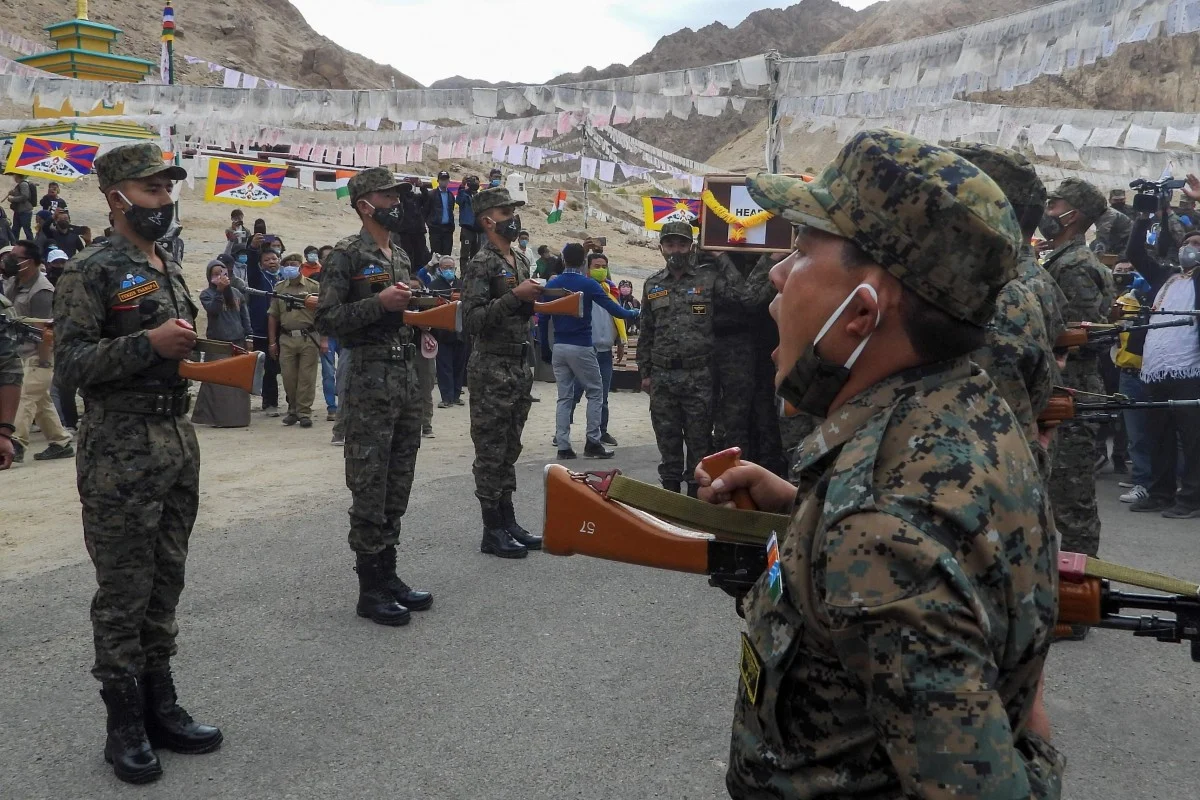 |
| Indian soldiers pay their respects during the funeral of one of their comrades killed in a border clash with China. Photo: AFP |
In June, tensions erupted into a frontier clash in which 20 Indian soldiers were killed and China suffered an unspecified number of casualties.
Wang and Jaishanka's meeting took place after a border clash earlier this week when each accused the other of firing in the air during a confrontation on their border in the western Himalayas, a violation of long-held protocols on the use of firearms on the sensitive frontier, Al Jazeera said.
‘Purpose achieved’
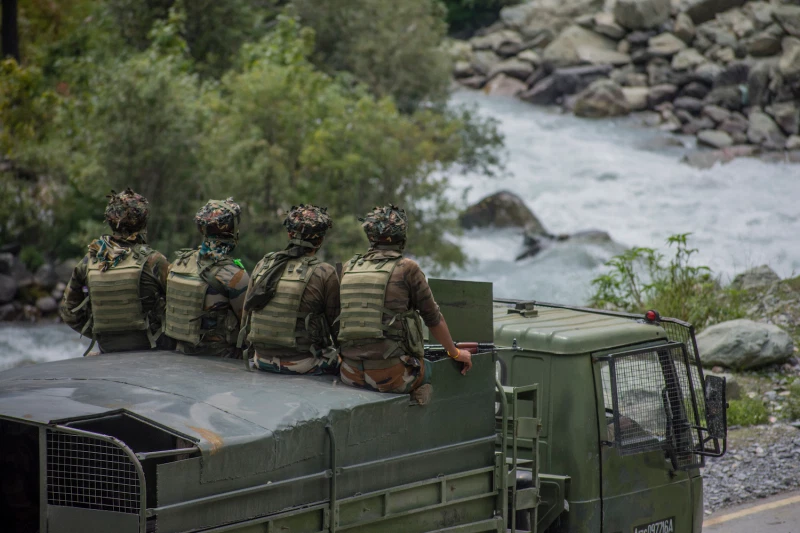 |
| An Indian army convoy drives towards Leh, on a highway bordering China, on Sept. 2. YAWAR NAZIR/GETTY IMAGES |
A senior official told The Hindu that the purpose of the foreign ministers’ meeting was to agree on the “objectives and principles of disengagement” and that had been achieved.
However, much would depend on the militaries following through on the ground, and completing the process “quickly”, returning from the near eyeball to eyeball confrontation at the LAC, to their normal posts, which are 25-30 km apart in many places.
The statement issued by China’s Foreign Ministry on September 11 quoted Wang as saying the relationship was “at the crossroads”. “But as long as the two sides keep moving the relationship in the right direction, there will be no difficulty or challenge that can’t be overcome,” he noted.
His quoted remarks were a contrast from recent statements from China, including following the September 4 meeting between the Defence Ministers in Moscow. He did not blame India for the recent crisis, which has been a point of emphasis in several Chinese statements from the Foreign Ministry and the PLA in recent weeks.
Chinese buildup
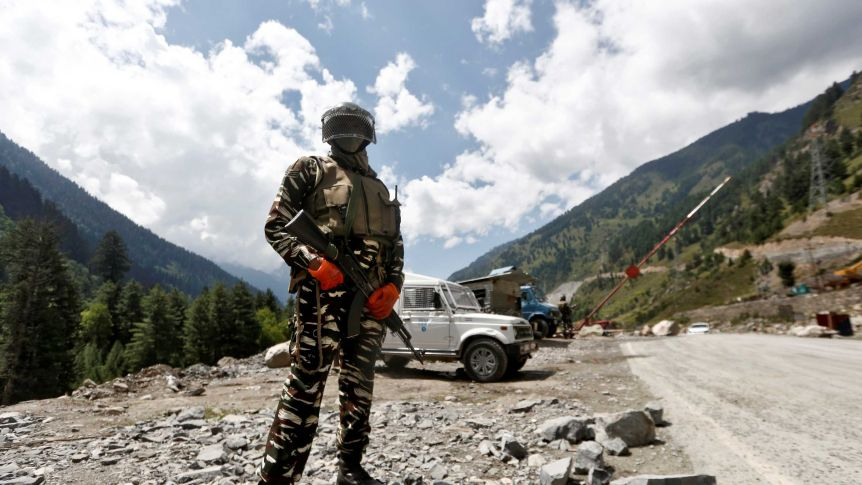 |
| An Indian troop stands guard near the highly contested border with China. Photo: Reuters |
The ministers’ meeting was the latest diplomatic effort to head off a broader conflict between the world’s two most populous countries, which went to war in 1962, Reuters said.
Jaishankar told Wang that India was deeply concerned about the buildup of Chinese forces on the Line of Actual Control on the poorly defined border.
“The Chinese side has not provided a credible explanation for this deployment,” an Indian government source quoted Jaishankar as saying at the meeting.
“The provocative behavior of Chinese frontline troops at numerous incidents of friction along the LAC also showed disregard for bilateral agreements and protocols,” Jaishankar said, adding any unilateral attempt to change status quo would be resisted.
China’s Global Times, an influential tabloid published by the official newspaper of China’s ruling Communist Party, reported on September 9 that the People’s Liberation Army (PLA) were moving soldiers, bombers and armoured vehicles into the border.
Chinese state media also recently reported armed jump drills by PLA paratroopers in Tibet.
The Global Times said in an editorial published late on September 10 that any talks with India should be paired with “war readiness”.
“The Chinese side must be fully prepared to take military action when diplomatic engagement fails, and its frontline troops must be able to respond to emergencies, and be ready to fight at any time,” the newspaper said.
Russia’s initiative
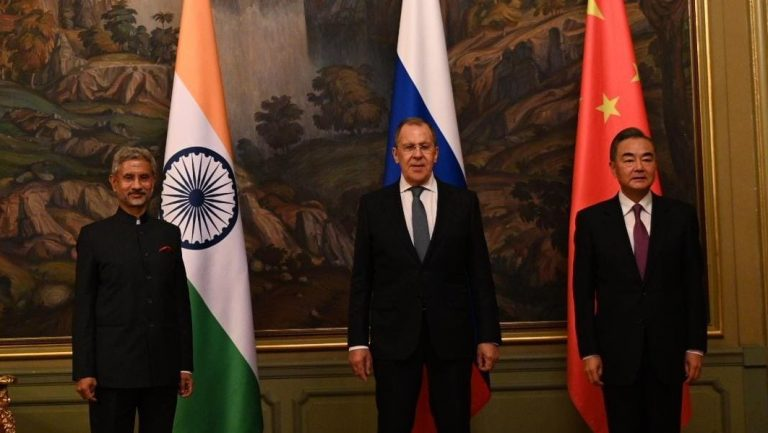 |
| India's External Affairs Minister Dr. S Jaishankar with his Russian and Chinese counterparts Sergei Lavrov (C) and Wang Yi (R) during the meeting of the Foreign Ministers of the Shanghai Cooperation Organization, in Moscow on Septemer 10. Photo: ANI|Twitter |
The meeting between the foreign ministers was facilitated and encouraged by Russian Foreign Minister Sergey Lavrov, who hosted them at the SCO meeting.
Russia's Foreign Ministry said it hoped China and India would find a solution as soon as possible to de-escalate renewed tensions, the Interfax news agency said.
Later, a Russia-India-China lunch set the stage for the bilateral talks on September 10. It is expected to be followed by Special Representatives’ talks and another meeting of the Working Mechanism on Consultation and Coordination on India-China border affairs.
In November, Mr. Modi and Mr. Xi are expected to attend the G-20 summit in Saudi Arabia, which will be the first time the two leaders, who have not yet spoken to each other during the stand-off, could meet, according to The Hindu./.
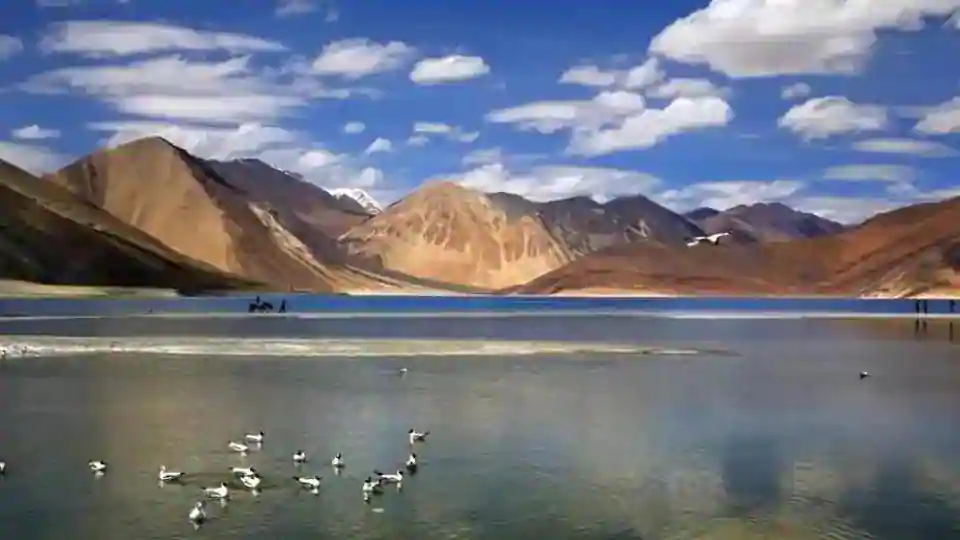 | China claims to have taken countermeasures to India’s ‘military provocation’ China early September 8 said its border troops took “countermeasures” after the Indian army crossed the Line of Actual Control (LAC) and fired “warning shots” ... |
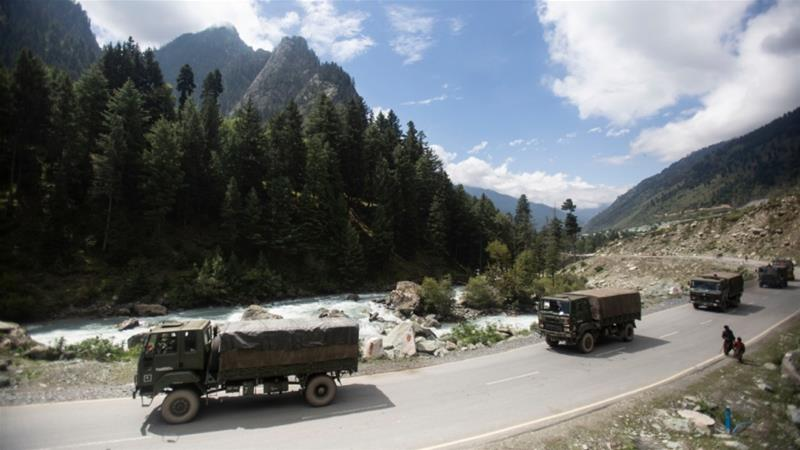 | India bans 118 more mobile apps amidst fresh border tensions with China The Indian government on September 1 banned 118 more Chinese mobile phone applications, including popular online game PUBG. |
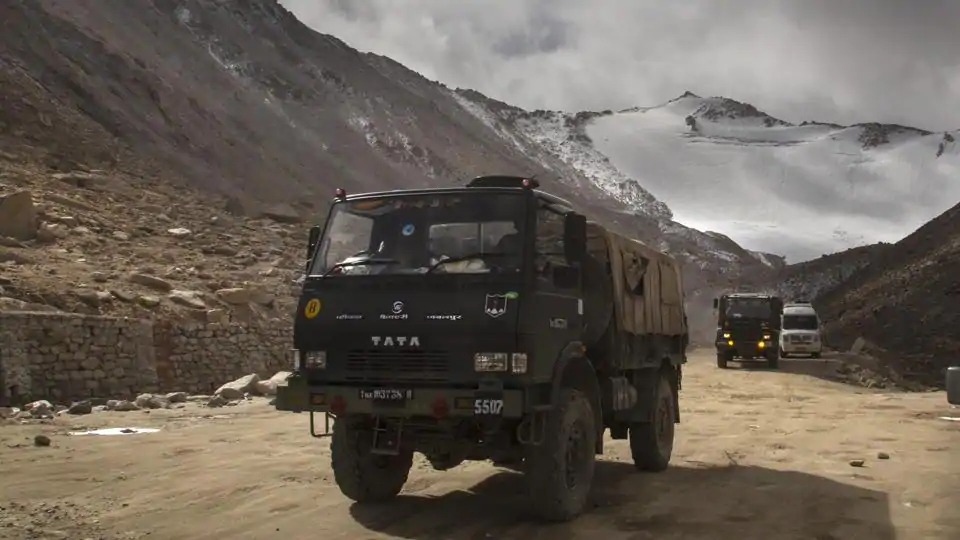 | Military option on table if China-India border talks fail A military option to deal with transgressions by the Chinese People’s Liberation Army in Ladakh is on the table, but will be exercised only if ... |
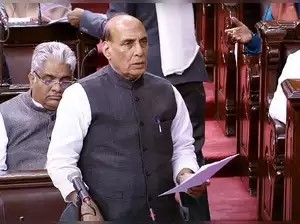 World
World
China’s Bid to ‘Change Status Quo’ on LAC Thwarted, says Indian Defence Minister Rajnath Singh
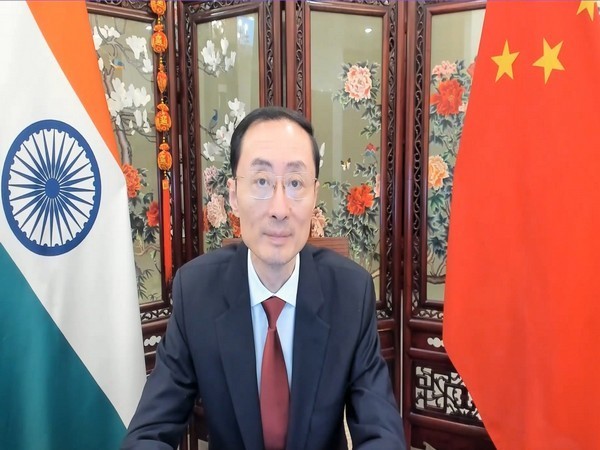 World
World
Enough Room in World for China, India; Let's Not Interfere in Other's Affairs, Says Outgoing Envoy
Recommended
 World
World
Pakistan NCRC report explores emerging child rights issues
 World
World
"India has right to defend herself against terror," says German Foreign Minister, endorses Op Sindoor
 World
World
‘We stand with India’: Japan, UAE back New Delhi over its global outreach against terror
 World
World
'Action Was Entirely Justifiable': Former US NSA John Bolton Backs India's Right After Pahalgam Attack
 World
World
Nifty, Sensex jumped more than 2% in opening as India-Pakistan tensions ease
 World
World
Easing of US-China Tariffs: Markets React Positively, Experts Remain Cautious
 World
World
India strikes back at terrorists with Operation Sindoor
 World
World

